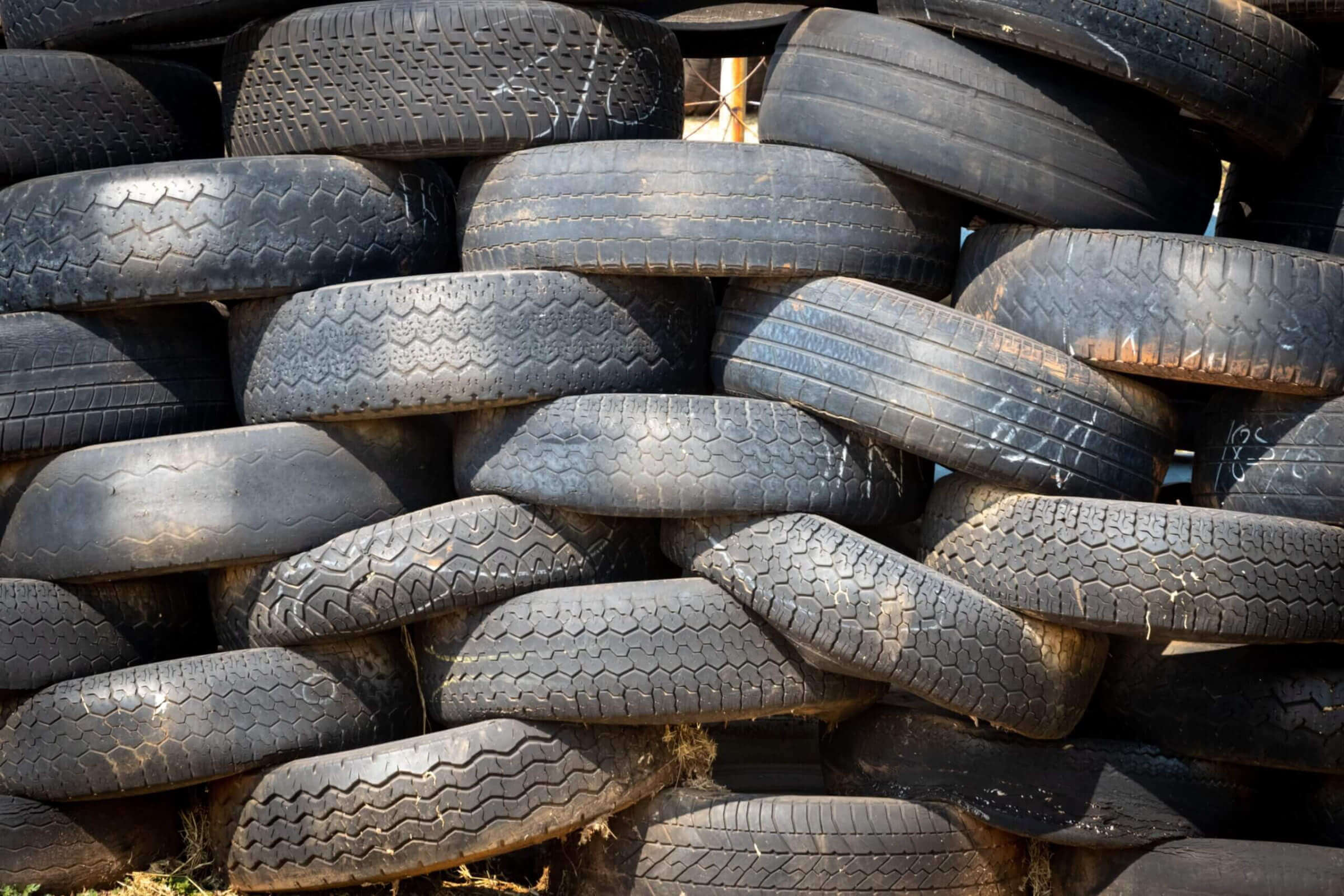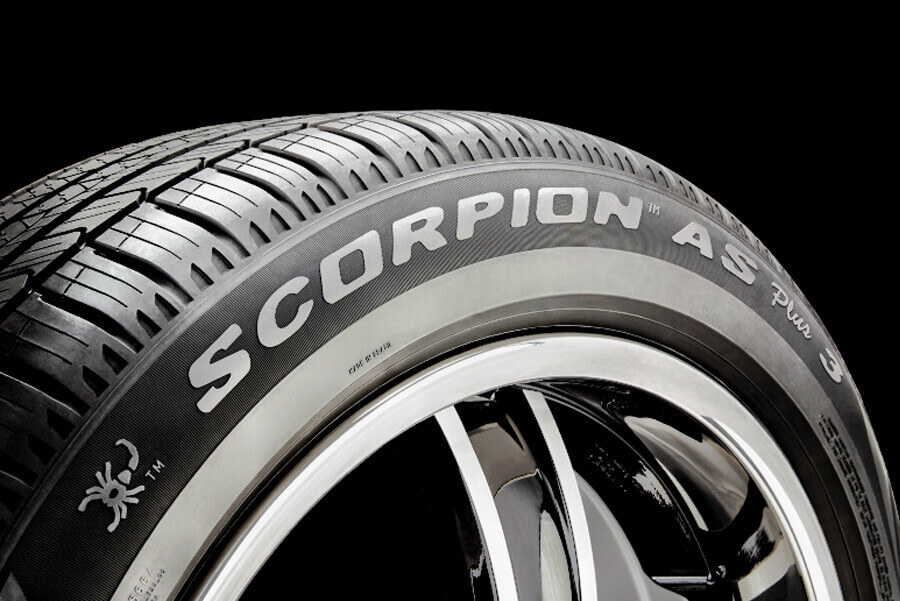More and more tire manufacturers are coming to the same conclusion: the best way to reduce their environmental footprint is to recycle. To keep their tires out of the landfill, these companies are developing technologies to reuse end-of-life tires. For a few years now, we have seen several concepts and prototypes. For the moment, it seems that their engineers have not yet invented the perfect recipe.
The solution, at least for the moment, could be found by Michelin: the Enviro process. Developed by a Swedish firm in close partnership with the French manufacturer, the patented protocol will be tested on an industrial scale for the first time in a factory in Chile, in Antofagasta. Here’s how Michelin plans to give your tires a second life.
Reuse rubber, save the planet!
The recycling technique developed by Enviro is quite promising. Through a process that the company calls “pyrolysis”, it is possible to extract recyclable materials from used tires. It is thus possible to isolate carbon black and hydrocarbons, essential additives for a stable rubber, and even steel, used mainly for the structure. The value of the resulting materials is up to 10 times greater than that of the used tires. It makes the process both efficient and profitable!
The location, a small coastal town in South America, may seem strange at first, but it is extremely well chosen. Michelin decided to locate its prototype plant in the heart of the problem. The Antofagasta region is at the center of one of the world’s largest copper mining industries. Tires from mining trucks are therefore a major source of pollution, a problem that should be reduced when the plant opens in 2023.
100% reusable materials within 30 years
Michelin is thinking big in terms of its ability to reduce its impact on global warming. By 2050, the company is aiming to use 100% renewable materials. With the $30 million it is about to invest in its Chilean plant, there is no doubt about the seriousness of this claim.
The problem of end-of-life tires may seem trivial, but on a global scale, it is a major issue. Every year, more than 2.5 billion tires are sold and, therefore, about the same number are retired. While some can be retreaded and others melted down to serve as pavement for our roads, this is a minority.
Automakers will undoubtedly find a solution to the problems caused by worn tires in the next few years. But even consumers can make a difference! By making sure you get the right tires for your needs with low rolling resistance, you will ensure a longer life for your tires!





